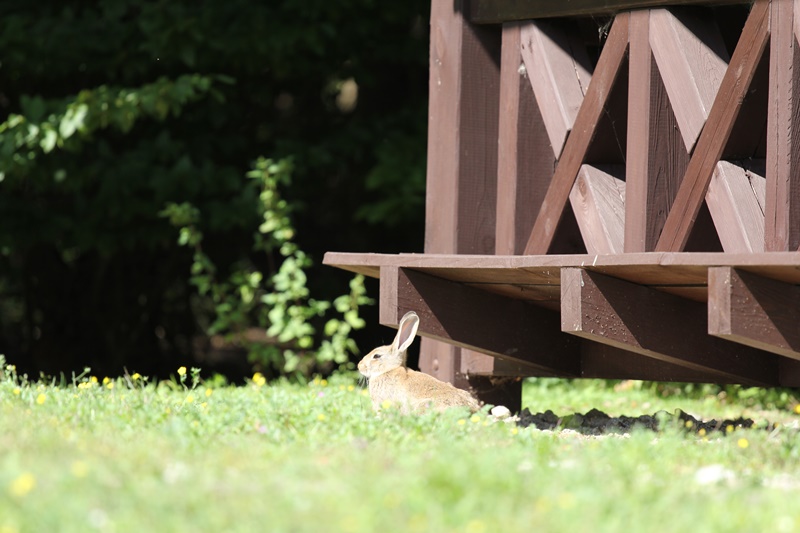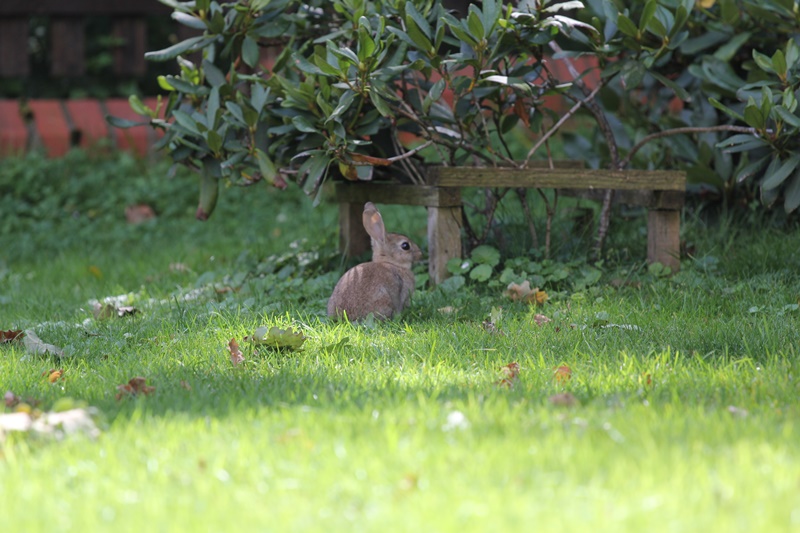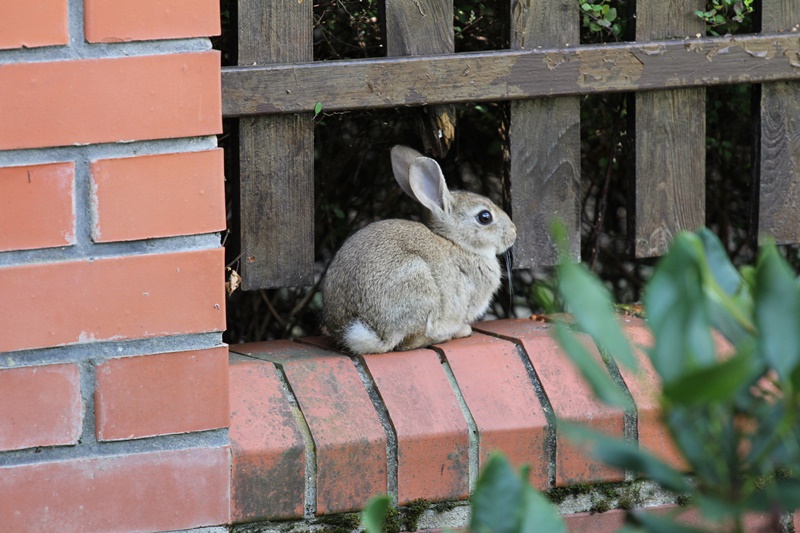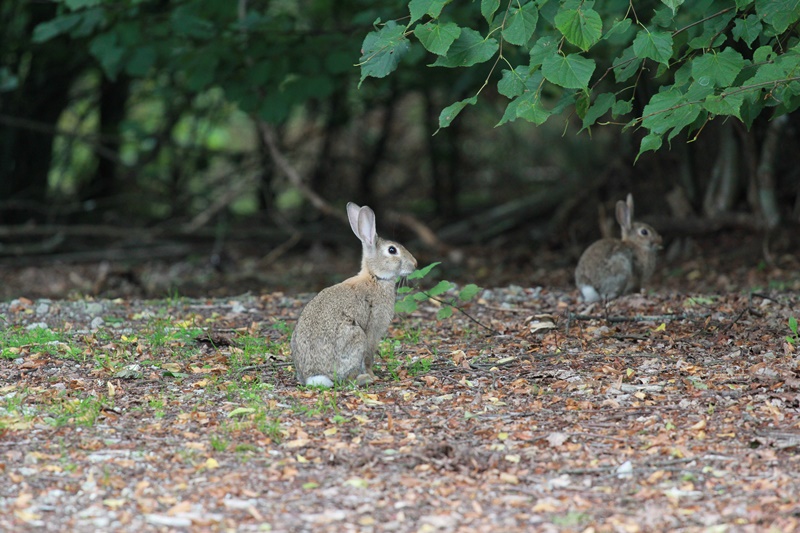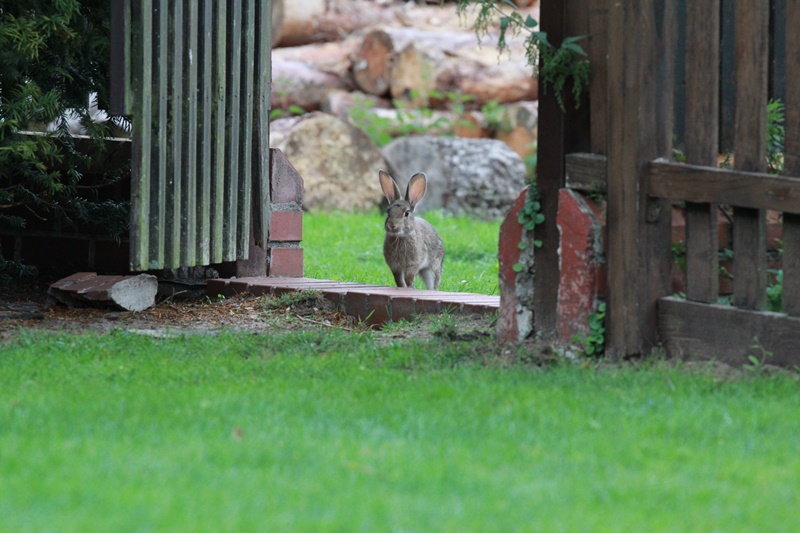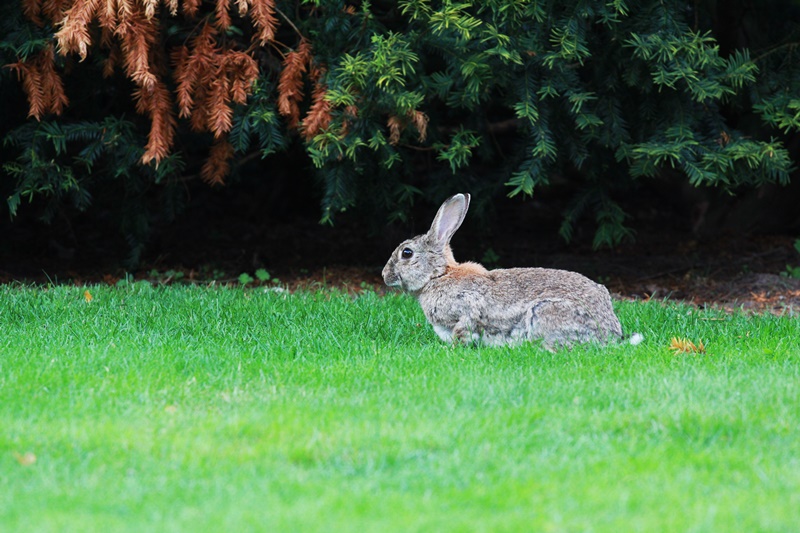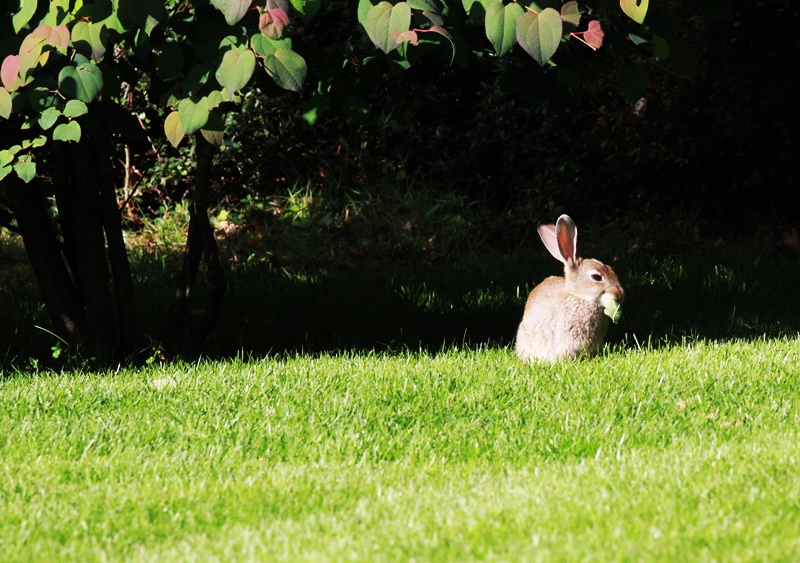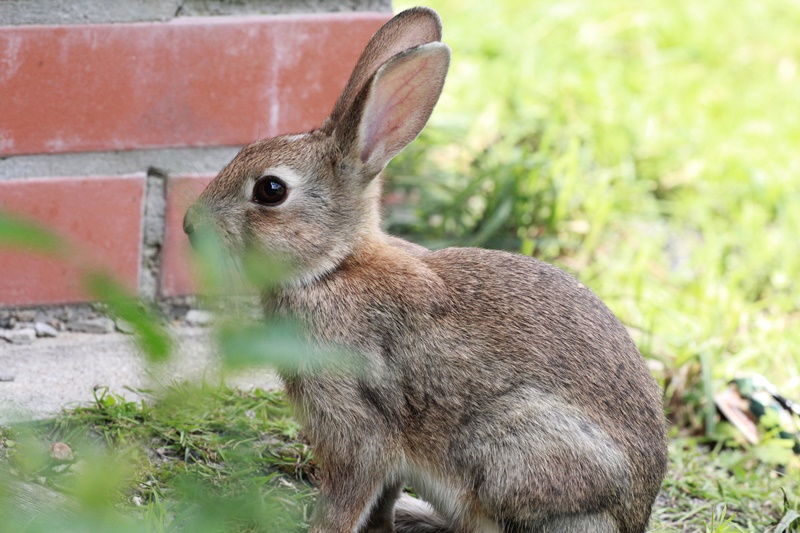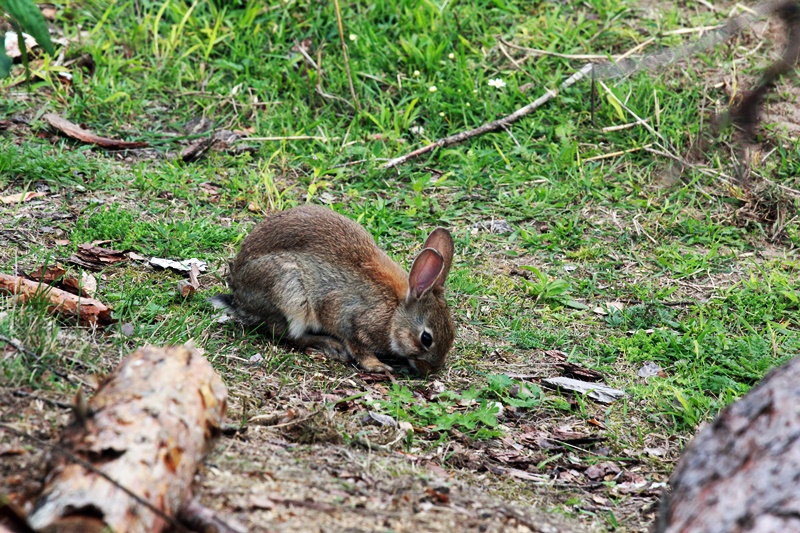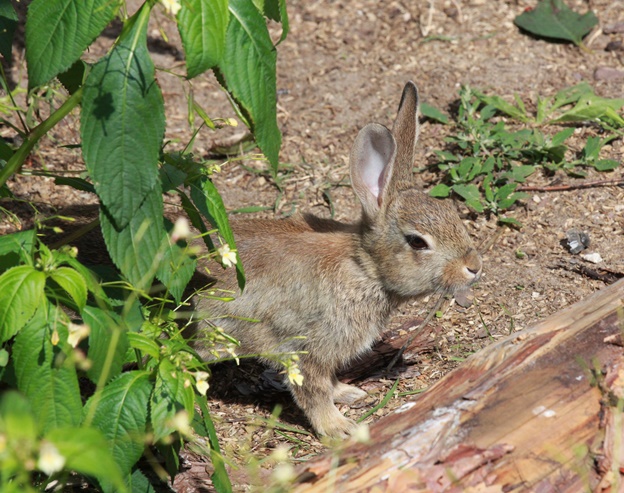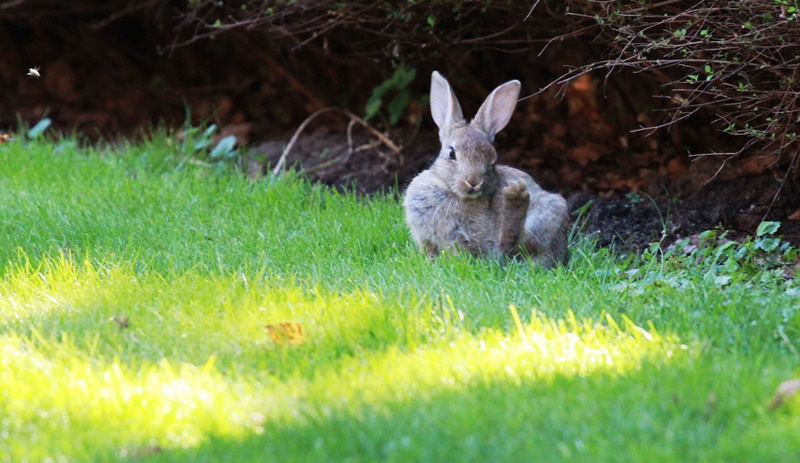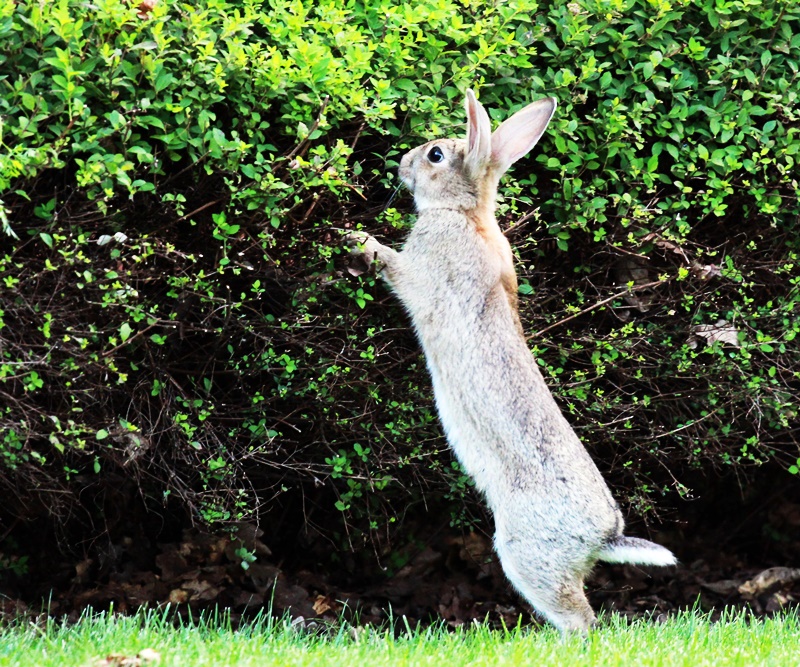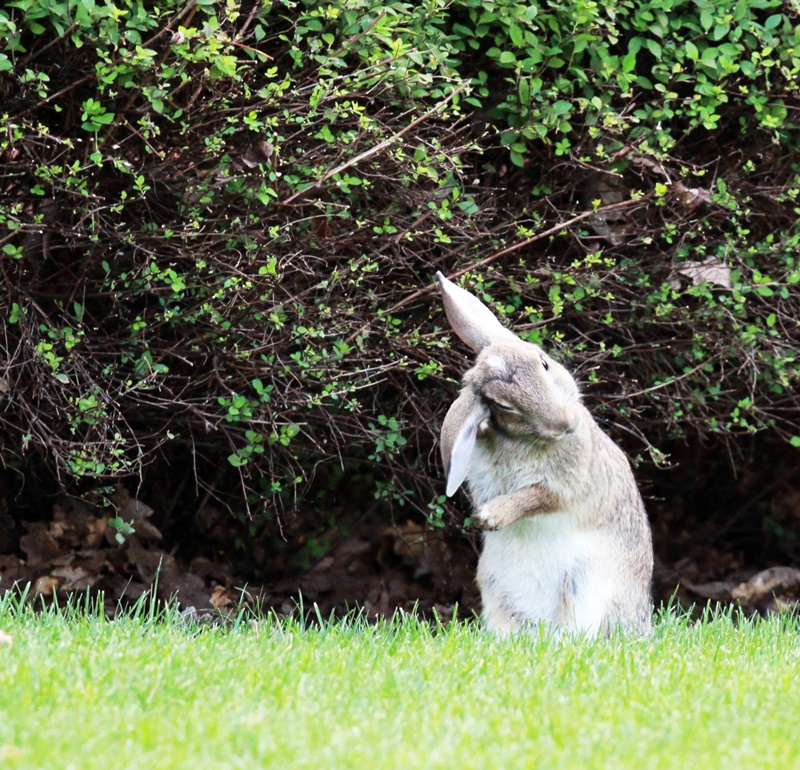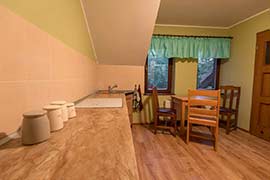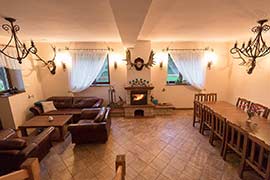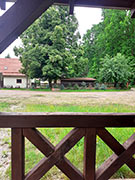Oryctolagus cuniculus – czyli dziki królik na terenach naszej leśniczówki
1 lipca 2024, 23:43
Krótka historia jak leśniczy postanowił zasiedlić dzikie króliki w lesie.
Królik europejski jest wprawdzie gatunkiem obcym, ale od ponad 150 lat występującym w Polsce. Niestety stan populacji nie jest zadowalający stąd też kilka lat temu powstał pomysł by przy leśniczówce powstała woliera umożliwiająca introdukcję królików. Króliki przyjechały z Ośrodka Hodowli Zwierzyny PZŁ w Czempiniu. Już po drugim wypuszczeniu królików w nasze tereny można było zauważyć ich nagły wzrost. Rozmnażają się w ciągu całego roku (od 3 – 5 miotów, do 10 osobników w miocie). Może to nieprawdopodobne, ale na chwilę obecną podczas spaceru można naliczyć kilkadziesiąt sztuk królików wokół naszej leśniczówki. W ciągu dnia wychodzą tylko na drzemkę w promieniach słońca, a wieczorową porą pasą się pod osłoną nocy zjadając trawy, pąki, liście. Nieoszczędziły przy tym 1000 cebulek tulipanów własnoręcznie wsadzonych przez leśniczego. Aksamitki i inne kwiaty także nie doczekały się swojego zakwitnięcia… No cóż, ale za to obserwacje królików wszystko to rekompensuje.
A short story of how a forester decided to settle wild rabbits in the forest.
Although the European rabbit is a foreign species, it has been present in Poland for over 150 years. Unfortunately, the population status is not satisfactory, hence the idea a few years ago to create an aviary at the forester’s lodge to enable the introduction of rabbits. The rabbits came from the PZŁ Game Breeding Center in Czempiń. Already after the second release of rabbits into our area, their sudden growth could be noticed. They breed throughout the year (from 3 to 5 litters, up to 10 individuals in a litter). It may be unbelievable, but currently, during a walk, you can count several dozen rabbits around our forester’s lodge. During the day, they only come out to take a nap in the sun, and in the evening they graze under the cover of darkness, eating grass, buds and leaves. They did not spare 1,000 tulip bulbs, planted by the forester himself. Marigolds and other flowers also did not bloom… Well, but the observations of rabbits make up for it all.

